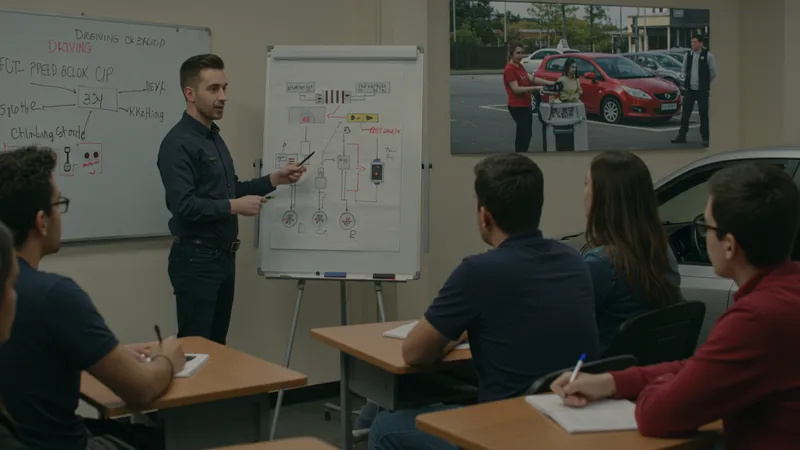
What To Expect During Your Driving School Session
Typical Driving School Session Timeline and Progression
The journey through a driving school session in the United States often begins with an orientation, outlining both expectations and requirements specific to learners’ home states. Depending on the chosen school, students may follow a predetermined schedule or one adapted to their availability. ACES Driving School, for instance, typically structures courses to begin with classroom modules, followed by a series of behind-the-wheel lessons scheduled over several weeks.

After initial theory training, learners shift focus to practical skills, starting with basic car operation—adjusting mirrors, operating controls, and understanding dashboard indicators. Each subsequent lesson introduces greater complexity: city driving, highway entry and exit, and advanced parking techniques. AAA Driving Academy uses a step-by-step approach, ensuring students only progress after demonstrating mastery in each prior skill. This sequential progression is key to building confidence and reducing accident risk for new drivers.
The duration of driving school programs varies by state, with some requiring as little as six hours of behind-the-wheel instruction and others stipulating 50 or more hours, some of which must be completed with a licensed parent or guardian. Schools like DriversEd.com assist with tracking logged hours—an essential feature for states like California or Texas, where logs are checked during DMV testing.
Assessment and feedback punctuate each session. Instructors provide real-time corrections, written notes, and after-action reviews, often supported by progress tracking software in online-integrated programs. These frequent check-ins help students identify areas for improvement early. The clear, scheduled pathway—from orientation to skills showcase—ensures each learner is ready for the state driving test and for everyday driving responsibilities.